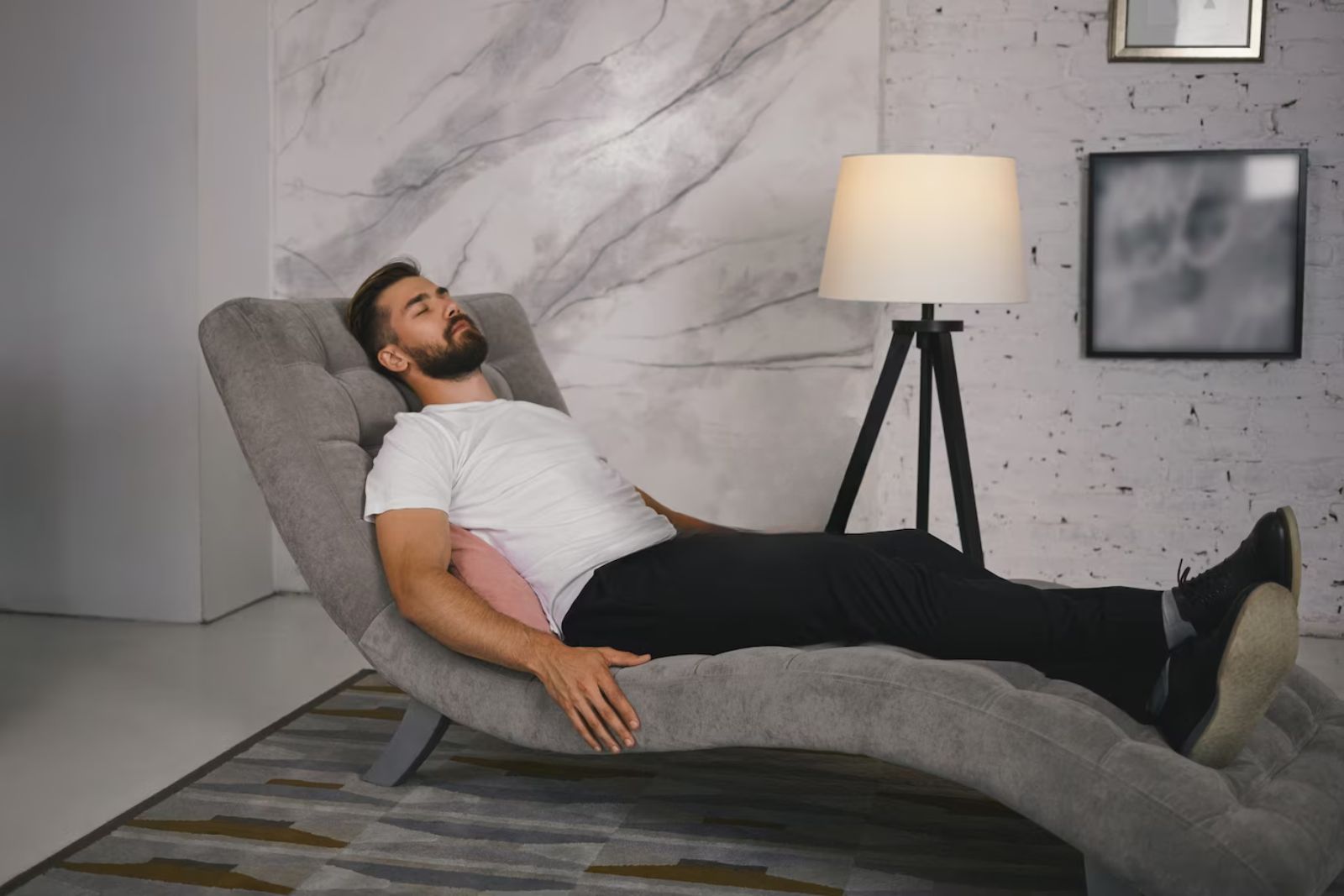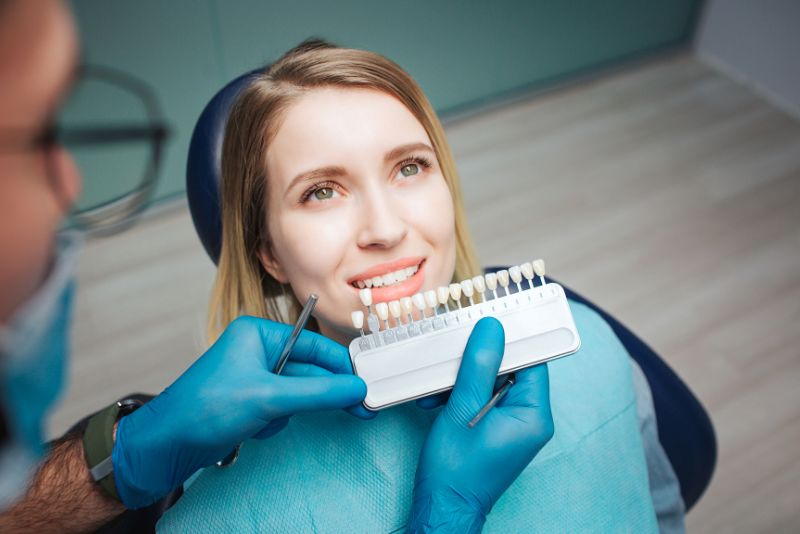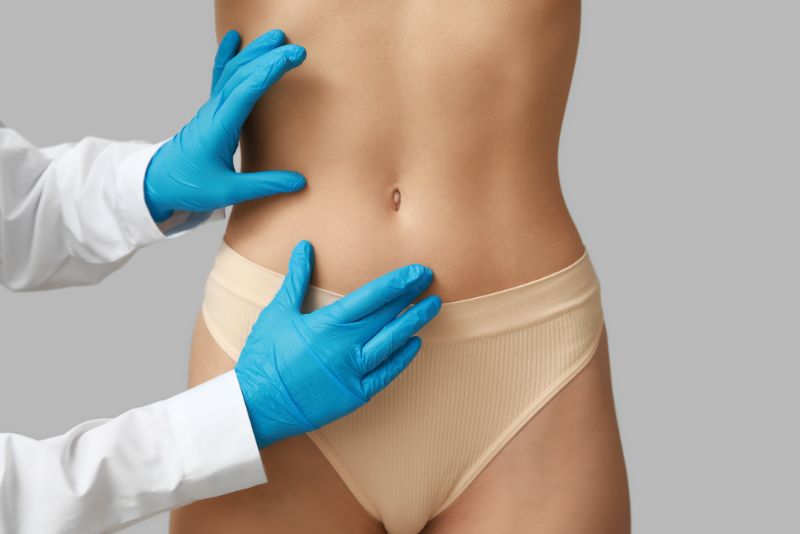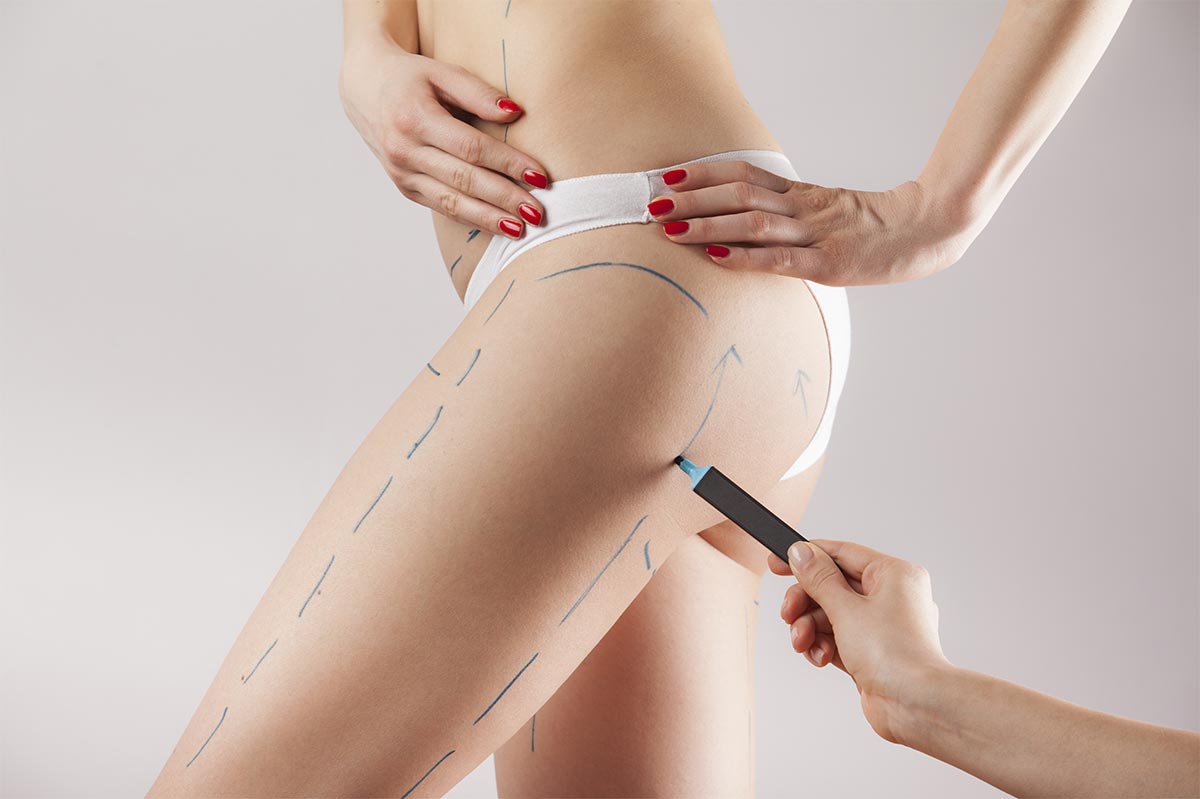Proper post-operative care is crucial to the success of a hair transplant procedure, with sleep playing a pivotal role in the healing and recovery process. Ensuring that patients understand how to sleep safely without disturbing the newly transplanted grafts is essential for optimal outcomes. Turkey, renowned globally as a leading destination for hair transplant surgery, excels not only in the provision of cutting-edge procedures but also in offering comprehensive post-operative care. The country's clinics are celebrated for their meticulous approach to patient recovery, guiding individuals through each step with precision and care. This includes detailed advice on sleeping positions and practices to protect the transplant area and promote healing.
Turkey's commitment to excellence in both surgical and post-surgical care positions it as a top choice for those seeking high-quality hair transplant services, ensuring that every aspect of the patient's journey is managed with the utmost attention to detail and patient well-being.
Understanding the Post-Hair Transplant Healing Process
The healing process after a hair transplant is a critical phase that demands careful attention to ensure the best possible outcomes. Generally, the recovery timeline involves several key stages, starting with the initial few days post-surgery when the scalp is most delicate and susceptible to swelling and discomfort. Over the weeks that follow, patients will notice the transplanted grafts beginning to establish themselves, with full results typically visible within six to twelve months.
Sleep position plays a vital role in this recovery process. The way you rest your head at night can significantly impact the healing of the transplant area. Sleeping in an incorrect position can lead to unnecessary pressure on the delicate grafts, potentially dislodging them or causing swelling, which can delay the healing process. It's recommended to keep the head elevated and avoid direct contact with the transplant site to minimize these risks.
Turkish clinics, known for their comprehensive approach to post-operative care, excel in guiding patients through this delicate healing phase. They provide detailed instructions on the ideal sleep positions and practices to protect the newly transplanted follicles.
Essential Sleep Guidelines After Hair Transplant
Elevating Your Head:
One of the key pieces of advice given to patients after a hair transplant is to sleep with their heads elevated. This position helps significantly reduce swelling and accelerates the healing process by minimizing fluid accumulation around the transplant site. We often advise you to use two or three pillows or a specially designed wedge pillow to maintain a 45-degree angle, ensuring the head is properly elevated throughout the night.
Best Sleeping Positions:
To safeguard the newly transplanted grafts from any unintentional dislodgement or pressure, patients are recommended to sleep on their backs, avoiding direct contact with the transplant area. Side or stomach sleeping positions are discouraged in the initial weeks following the procedure, as these can exert undue stress on the healing scalp and affect the grafts' stability.
Using Special Pillows:
Special pillows designed for post-hair transplant care, such as neck or travel pillows, are often recommended by clinics in Turkey. These pillows help maintain the head in a stable position, preventing rolling or unnecessary movement that could harm the grafts. For those who do not have access to such specialized pillows, wrapping a soft towel around a regular pillow or using a soft neck pillow can also be effective alternatives to achieve the desired elevation and stability.
What to Avoid During Sleep After Hair Transplant
In the critical weeks following a hair transplant, certain sleeping habits and positions should be diligently avoided to ensure the healing process is not compromised. Key among these are activities and positions that may put the newly transplanted grafts at risk:
- Direct Contact with the Grafts: Sleeping directly on the transplant area can apply pressure to the grafts, risking dislodgement or damage.
- Sleeping Flat on Your Back: While sleeping on your back is generally recommended, doing so without head elevation can increase swelling in the scalp area. It's important to maintain head elevation even when lying on your back.
- Tossing and Turning: Excessive movement during sleep can lead to accidental contact or friction with the transplant site. You should try to limit movement to prevent disturbing the grafts.
- Using Hard or Unsupportive Pillows: Hard pillows can exert unnecessary pressure on the transplant area, while unsupportive pillows may not prevent movement adequately. Both can negatively affect the healing process.
- Sleeping on Your Stomach or Side: These positions are more likely to cause direct pressure or rubbing against the transplant area and are best avoided in the initial recovery phase.
Monitoring Your Recovery
A critical component of the recovery process following a hair transplant is the ongoing monitoring and follow-up care with the clinic where your procedure was performed. Ensuring a successful outcome involves more than just the initial surgery; it requires attentive post-operative care to monitor healing, assess graft success, and address any concerns that may arise.
Turkish clinics are known for their comprehensive follow-up care, which is integral to their high standards of patient satisfaction. Patients are typically scheduled for several follow-up appointments after their procedure. These meetings allow the medical team to closely observe the healing process, ensure that the transplant area is responding well, and confirm that the newly transplanted follicles are establishing themselves as expected.
During these follow-up sessions, our doctors utilize their expertise to provide personalized advice tailored to each patient's recovery journey. This may include guidance on scalp care, recommendations for promoting optimal graft health, and adjustments to post-operative care routines based on the patient's progress. Furthermore, these appointments offer patients the opportunity to ask questions and address any concerns they may have, ensuring they feel supported throughout the entire recovery phase.
Conclusion
Proper sleep after a hair transplant is crucial for a successful recovery, emphasizing the need to follow post-operative guidelines carefully. Elevating the head, choosing the right sleeping positions, and avoiding actions that risk graft health is key.
Turkish clinics excel in providing detailed guidance and comprehensive care, making Turkey a top choice for those seeking hair transplant procedures. Their commitment to patient support ensures a smoother recovery journey, reinforcing Turkey's reputation as a leading destination for high-quality hair restoration services.






